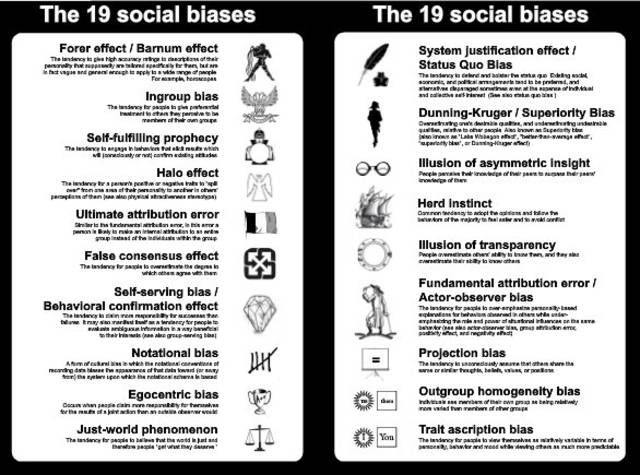Building off of ‘Things to Read in Class,’ a very incomplete list (with a special shout out to Jessie Daniels, and her ‘Sociology through documentary’ wiki):
Wealth & Privilege: The American Ruling Class (2005, dir. Kirby), Born Rich (2006, dir. Johnson).
Race & Segregation: Big Easy to Big Empty, (2007, dir. Palast), When the Levees Broke (2006, dir. Lee), Trouble in the Water (2008, dirs. Deal & Lessin), Banished (2008, dir. Williams), Little Rock Central: 50 Years Later (2007, dirs. Renaud & Renaud)
Poverty: Secrets of Silicon Valley, Wal-Mart: The High Cost of Low Price, Maxed Out, Born into Brothels (2004, Briski & Kauffman), 30 Days: Minimum Wage (2005, dir. Spurlock)
Tourism: Cannibal Tours (1988, dir. O’Rourke)
Urban: The Philadelphia Story, The Social Life of Small Urban Spaces (1988, dir. Whyte), L.A. Is Burning (1993, dir. Mannes), Mission Hill and the Miracle of Boston, Blade Runner, Dislocation (2006, dir. Venkatesh), Flag Wars (2003, dir. Bryant & Poitras), Slacker (1991, dir. Linklater), The Brickyard (2008, dir. Scott), Hoop Dreams (1994, dir. James).
Global Issues: Favela Rising, (2005, dir. Zimbalist & Mochary), Life and Debt, Mardi Gras: Made in China, (2005, dir. Redmon), An Inconvenient Truth (2006, dir. Guggenheim).
Health Care: The Great Health Service Swindle, Sicko (2007, dir. Moore), Selling Sickness, The Business of Being Born, Medicating Kids (2001, dir. Gaviria), Titicut Follies (1967, dir. Wiseman).
Politics & Economics: The Corporation (2004, Achbar, Abbott & Bakhan), American Blackout, (2006, dir. Inaba), Can Mr. Smith Get to Washington Anymore? (2006, dir. Popper), Who Killed the Electric Car?, Enron: The Smartest Guys in the Room (2005, dir. Gibney)
Culture: Style Wars (1982, dir. Silver & Chalfant), Good Copy, Bad Copy (2007, dir. Johnson, Christensen, & Moltke), The Story of Stuff (2007, dir. Leonard)
Gender: Killing Us Softly (I, II, & III), Live Nude Girls Unite (2000, Query), All Different, All Equal, A Stranger in Her Own City (2007, dir. Al-Salami).
Immigration: Cash Flow Fever, The Other Side.
Education: Boys of Baraka (2006, dir. Ewing).
Food: Our Daily Bread (2005, dir. Geyrhalter).
Sexuality: Freeheld, For the Bible Tells Me So, (2007, dir. Karslake), Daddy & Papa (2002, dir. Symons), Gay Youth, Abstinence Comes to Albuquerque (2006, dir. Stuart), 30 Days: Straight Man in a Gay World (2005, dir. Spurlock).
Religion: Born Again (1987, dir. Ault), What Would Jesus Buy? (2007, dir. VanAlkemade), Jonestown: The Life & Death of the People’s Temple (2006, dir. Nelson), 30 Days: Muslims & America (2005, dir. Spurlock), Jesus Camp (2006, dir. Ewing & Grady), Hell House (2001, dir. Ratliff).
Presentation of Self: Darkon (2006, dir. Meyer).
Representation: Sans Soleil (1983, dir. Marker), Reassembladge (1983, dir. Min Ha), The True Meaning of Pictures (2002, dir. Baichwal).
Bureaucracy & War: Conspiracy (2001, dir. Pierson).





 I love using horoscopes the first day of class to talk about how we perceive the world around us. I run a variation of the
I love using horoscopes the first day of class to talk about how we perceive the world around us. I run a variation of the